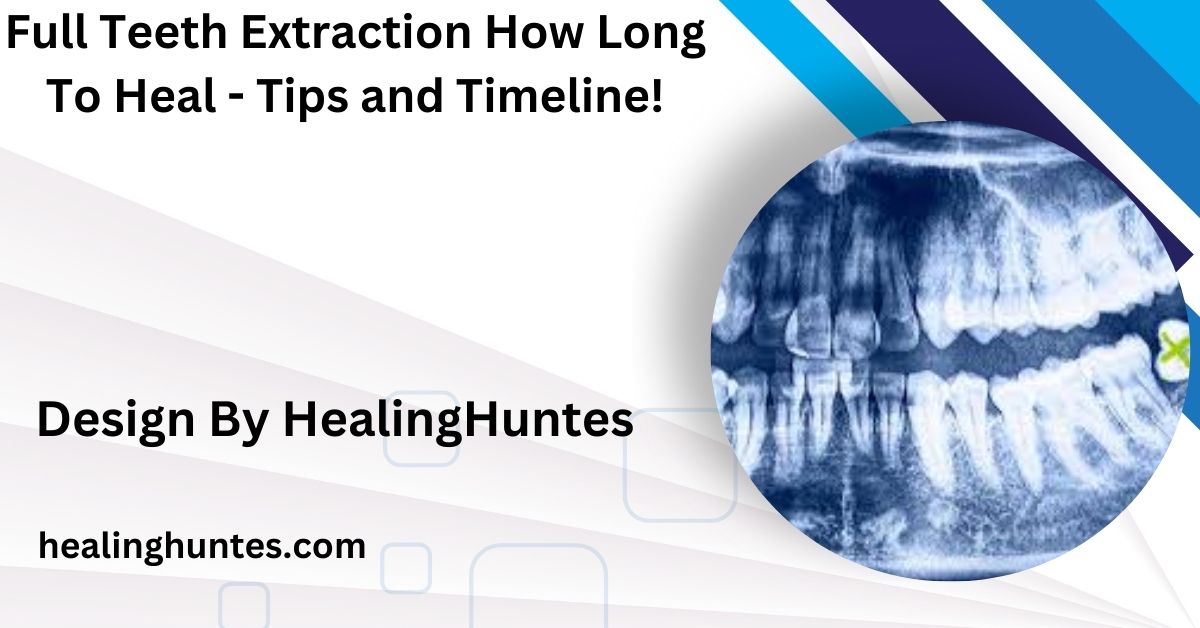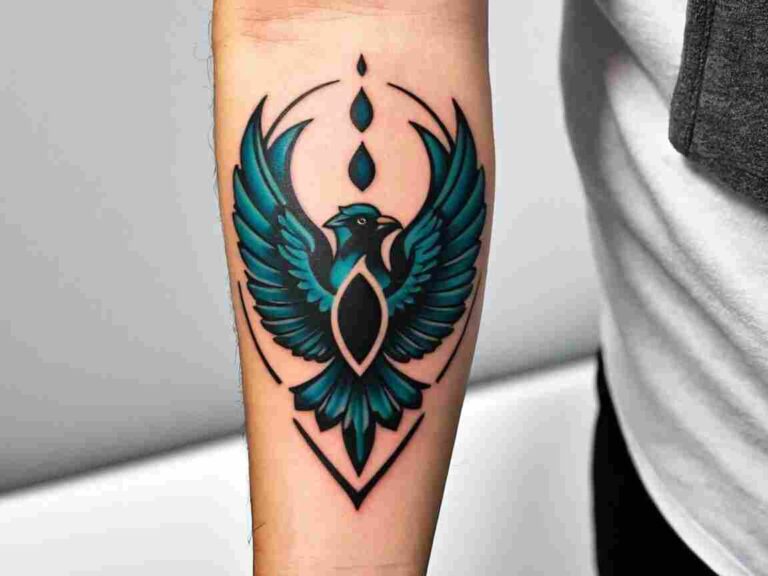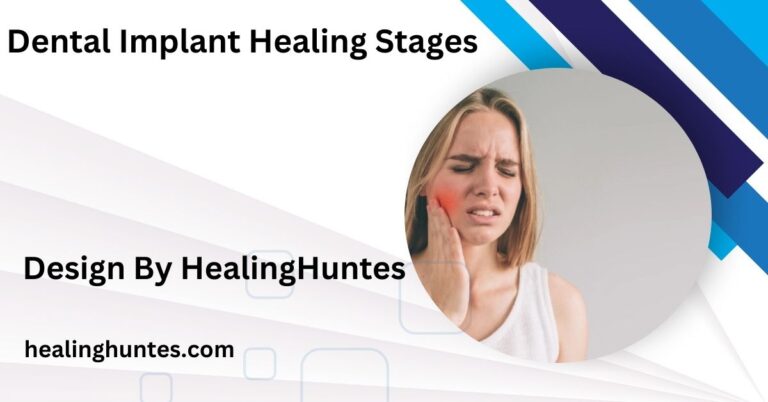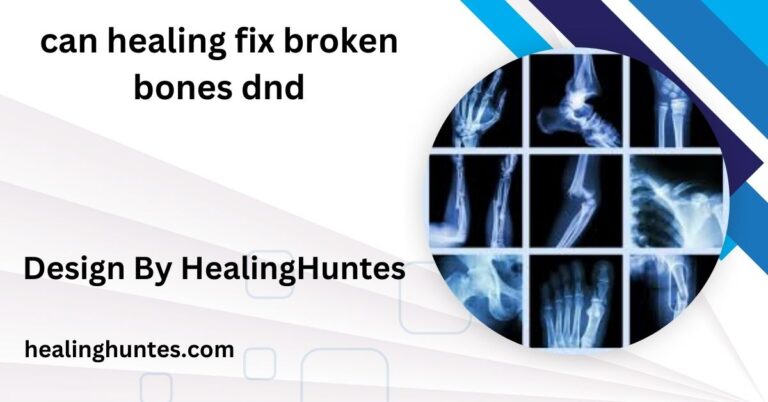Full Teeth Extraction How Long To Heal – Tips And Timeline!
Recovering from full teeth extraction typically takes 7-10 days for initial healing, with complete bone and gum recovery taking up to 6-8 months.
This guide provides a comprehensive look at what to expect following full teeth extraction, from the immediate post-surgery phase to long-term care and restoration options.
What is Full Teeth Extraction:

A full teeth extraction involves removing all teeth from the mouth, often performed to prepare for dentures, implants, or to resolve extensive oral health issues such as severe decay or gum disease. The procedure is typically done under local anesthesia, with sedation or general anesthesia used in more complex cases. While the idea of removing all teeth may seem daunting, this procedure can be transformative for those suffering from chronic pain or infection.
Recovery Timeline:
The healing timeline for a full tooth extraction varies, but it generally follows a predictable pattern, with most people experiencing initial healing within 7 to 10 days. During this period, the soft tissues around the extraction sites begin to heal, reducing swelling and initial discomfort. However, bone healing takes longer and may require up to 3 to 4 months to reach a stable condition, which is often the minimum time needed before starting any dental restorations like implants or dentures.
Also Read: Earth’s Healing South – Your Trusted Cannabis Source in Tucson!
Immediate Post-Surgery Care: (Days 1-3)
In the first few days after surgery, swelling, bleeding, and discomfort are common. Ice packs applied to the face can help reduce swelling, and resting is essential to give the body time to recover. Strenuous activities should be avoided during this time to prevent aggravating the surgical sites. Patients are advised to stick to soft, cool foods, such as applesauce or yogurt, to avoid irritation.
First Week: Managing Pain and Reducing Swelling

By the end of the first week, most of the initial swelling and pain should subside significantly, though some tenderness may persist. During this time, maintaining a gentle oral hygiene routine is crucial to prevent infection. Salt water rinses help clean the mouth and reduce inflammation without causing irritation. It’s important to brush and floss around the extraction sites carefully to avoid disturbing the healing tissue.
Soft Tissue Healing: (1-2 Weeks)
Soft tissues in the mouth tend to heal relatively quickly, and by the end of the second week, gums typically become less tender and sore. Patients may notice they can tolerate a slightly more varied diet, but it’s still wise to avoid crunchy, spicy, or acidic foods, which could irritate the healing gums. With proper care, most people experience complete soft tissue healing within two weeks, although occasional soreness may persist for a few more weeks as the tissue continues to adapt.
Also Read: Healing Hands Scrubs – Best Retailers and Deals!
Bone Healing: (2 Weeks to 3 Months)
Bone healing is a slower process and requires additional patience. In the weeks following the procedure, the jawbone begins to reshape itself and adapt to the absence of teeth. This process, known as bone remodeling, typically takes several months, with the jawbone stabilizing around the 3-month mark. During this period, it’s essential to avoid any activities that could place stress on the jaw, such as chewing hard foods.
Long-Term Recovery: (Up to 6-8 Months)

Complete recovery, including full bone and gum healing, can take up to eight months. Throughout this period, the gums continue to reshape, and the jawbone matures, making it possible for future restorations to fit comfortably. To support long-term healing, it’s crucial to follow up with regular dental check-ups to monitor progress. Good oral hygiene, even without teeth, remains essential; if dentures are worn, they should be cleaned and maintained carefully to avoid irritation and infection.
Factors That Impact Healing Time:
Several factors influence the recovery timeline after a full teeth extraction. Age plays a significant role, as older adults may experience slower healing due to reduced cell regeneration. General health is another key factor; conditions like diabetes, immune disorders, and nutritional deficiencies can delay healing. Smoking and alcohol consumption can also slow down recovery, as both restrict blood flow and reduce the body’s ability to heal quickly.
Also Read: I Healed My Receding Gums – Preventing and Treating Recession!
Pain Management Tips:
Pain management is essential during the recovery process. Many people find relief using over-the-counter pain relievers like ibuprofen or acetaminophen, which also help reduce inflammation. Ice packs are highly effective for managing swelling in the first 48 hours, while herbal remedies, such as chamomile or diluted clove oil, can provide natural soothing effects. Always consult your dentist before trying herbal treatments to ensure they’re safe for your situation.
Oral Care After Full Extraction:

Proper oral hygiene is crucial to prevent infection and promote healing after a full teeth extraction. During the first few weeks, rinse gently with warm salt water, which cleanses the mouth without causing irritation. Avoid using mouthwash with alcohol, as it can dry out and irritate healing tissue.
- Avoid using mouthwash with alcohol, as it can irritate healing tissue.
- Brush gently around the extraction site to avoid disturbing blood clots.
- Use a soft-bristled toothbrush and non-abrasive toothpaste.
Once healing progresses, you can gradually return to your regular oral hygiene routine, but always consult your dentist for specific advice.
Possible Complications and How to Avoid Them:
While full teeth extraction is typically safe, some complications may arise. One common complication is dry socket, a painful condition caused by the dislodging of blood clots that protect the bone and nerve endings. To prevent dry socket, avoid smoking, drinking through straws, and vigorous rinsing. Infection is another risk; signs include swelling, redness, or foul odors.
- Dry Socket: A painful condition caused by dislodged blood clots. Avoid smoking, drinking through straws, and vigorous rinsing to prevent it.
- Infections: Redness, swelling, or foul odors can indicate infection. If these symptoms occur, contact your dentist immediately.
Proper care and following your dentist’s instructions can help prevent these issues, ensuring a smooth recovery.
Also Read: How Long Does A Tattoo Take To Heal – Complete Guide to Tattoo Recovery!
Best Foods for Fast Healing:
Diet plays an important role in the healing process. After full extraction, stick to a soft-food diet, including items like yogurt, applesauce, and mashed potatoes. Avoid hot or spicy foods during the first week, as they can irritate healing tissue. Gradually reintroduce harder foods based on comfort levels and as advised by your dentist. Including nutrient-dense foods with Vitamin C and protein aids tissue repair and boosts immune function, promoting faster healing.
Long-Term Options for Restorations:
Once healing is complete, patients can consider restorative options, such as dentures or implants, to regain functionality and aesthetics. Dentures are a removable option that can be custom-fitted, but they may require adjustments over time due to gradual bone resorption. Dental implants offer a more permanent solution, providing stability and a natural appearance. However, implants are typically placed after three to four months of healing to allow sufficient bone stability.
FAQ’s
1. How long does pain last after full teeth extraction?
Pain generally subsides within a week, but mild soreness can linger for up to two weeks. Proper care and pain management strategies can help reduce discomfort.
2. Is it safe to smoke after the procedure?
It’s advised to avoid smoking for at least 48 hours, as it disrupts blood clot formation and raises the risk of dry socket.
3. When can I start eating solid foods again?
Most people can start reintroducing solid foods after the first week, based on their comfort level and guidance from their dentist.
4. How long until dental implants can be placed?
Dental implants are typically placed after 3-4 months, allowing enough time for bone healing and stability.
5. What are the signs of infection after full teeth extraction?
Persistent swelling, redness, pus, or foul odors can indicate an infection. If any of these symptoms appear, contact your dentist promptly.
Conclusion
Recovering from a full teeth extraction is a journey that requires patience, proper aftercare, and ongoing communication with your dental provider. By following your dentist’s advice on diet, oral hygiene, and activity levels, you can support a smooth recovery process. Full healing may take several months, but these efforts pave the way for successful restorations, allowing you to enjoy a healthy and functional smile once again.






